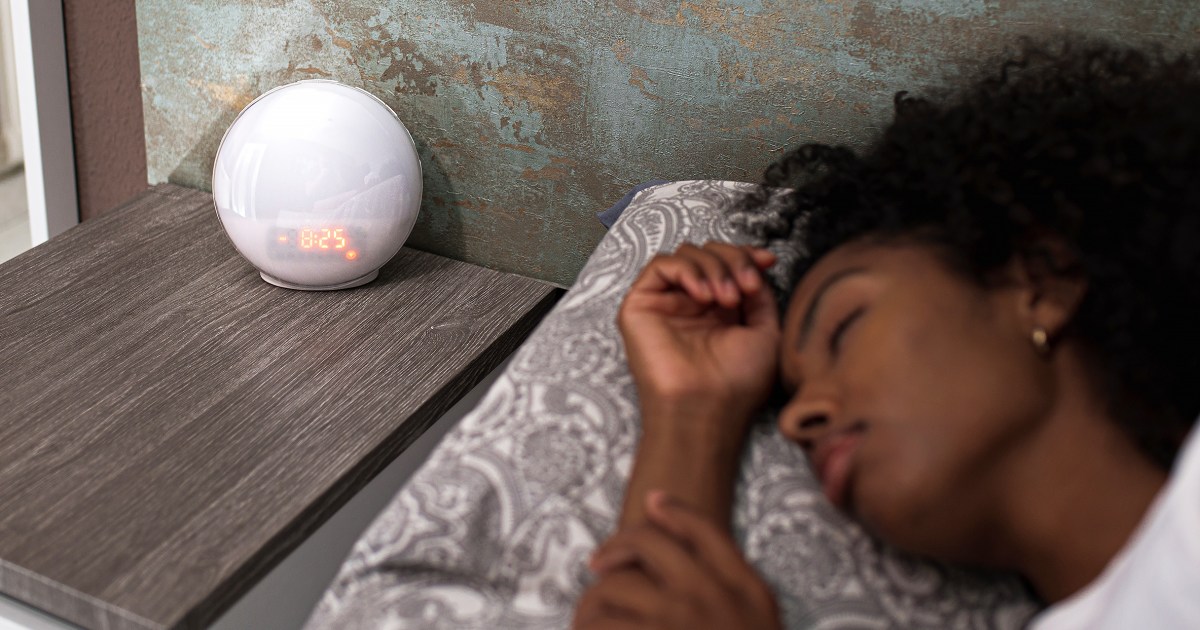By María Ángeles Bonmatí -
The Conversation
That poor or insufficient sleep can make us sick is something that scientific evidence has been putting on the table for decades.
There are many health problems that are associated with poor quality sleep or sleeping less than we need. For example, metabolic disorders such as diabetes or obesity, neurodegenerative diseases or mental health problems have been linked to lack of sleep.
But is there a single way to sleep poorly or is there diversity among “bad sleepers”? Is this an immutable condition or can it change over time? Do different types of “bad sleep” influence differently the risk of suffering from diseases such as those mentioned above?
[Shortly before dying from her pregnancy, this Olympic athlete spoke about how excited she was to become a mother]
Researchers from several universities, mostly American, have carried out a study that aimed precisely to answer these questions. To do this, they analyzed the responses to a survey conducted with 3,683 people at two different times in their lives separated by 10 years.
Ways (or phenotypes) of sleeping
From these responses, the researchers established four modes or “phenotypes” of sleeping. To do this, they based themselves on different aspects of sleep, such as regularity (did they sleep the same on the weekend as during the week?) or the ease of falling asleep and not waking up in the middle of the night.
They also took into account the level of tiredness during the day and whether they took naps, whether it took them more than 30 minutes to fall asleep, or whether they slept less than seven hours a day.
The four phenotypes they established were: good sleepers, insomniac sleepers, weekend sleepers and nappers (with “s”). The former slept, in general, enough, while the insomniacs – as their name makes us suspect – did little, were tired during the day and had difficulty falling asleep.
[Study associates frozen embryos with increased risk of maternal hypertension during pregnancy]
For their part, weekend sleepers, mostly younger people, slept less during the week than during the weekend, possibly in an attempt to recover “lost” hours of sleep. And the nappers, usually older people, tended to sleep well and took frequent naps.
Do these sleep phenotypes change across the lifespan? 77% of those surveyed maintained their sleeping pattern during the 10 years examined, but not all phenotypes were equally “faithful.” The most stable were the nappers and the insomniacs. In contrast, 73% of weekend sleepers did become nappers or insomniacs after those 10 years.
Sleep, health and socioeconomic situation
According to this study, being classified as an insomniac sleeper at one of the two times in which the survey was taken would predispose one to suffering between 28 and 81% more chronic pathologies, while being one at both times would mean a risk between 71 and 10%. 188% more likely to suffer from cardiovascular diseases, diabetes, depression or frailty.
Nappers also had a higher risk of diabetes, cancer and frailty. And becoming a napper or insomniac over those 10 years was associated with a greater risk of suffering from chronic pathologies, regardless of age and other circumstances.
An important aspect of this study is that it takes into account certain socioeconomic circumstances and relates them to the four sleep phenotypes. For example, the authors observed that the higher the educational level of the respondents, the less likely they were to be insomniacs.
On the other hand, these symptoms of insomnia were also more frequent in the case of unemployed people than in workers. And it is not surprising, because paid work not only provides income and economic stability, but also a kind of time architecture that can help maintain a regular sleep/wake cycle.
A controversial work
In any case, the recent work presents some results that, apparently, do not coincide with what is known until now.
On the one hand, the authors did not find any association between irregular sleep patterns (weekend sleepers) and a higher risk of pathologies. However, the so-called social
jet lag
, which refers precisely to the change in sleep schedules that occur on the weekend compared to the rest of the week, has previously been linked to this increased risk of health problems.
It must be taken into account that the research did not strictly evaluate social
jet lag
, but rather the regularity in the number of hours of sleep. That is, they considered only the “how much”, without taking into account the “when”.
On the other hand, the authors describe that “siesteros” would have a greater risk of pathologies such as diabetes. However, other studies have suggested that a short nap (less than 30 minutes) could precisely protect against metabolic alterations (unlike what would happen with long ones).
We must keep in mind that we do not know the type of naps that the participants practiced. Furthermore, the authors themselves acknowledge that it is difficult to know if the increase in naps is the cause or, rather, the consequence of the possible pathologies that have appeared over those 10 years.
[The number of women who remove breast implants for health reasons increases]
We must also not forget, as the authors indicate, that this is a study based on surveys that address sleep quality from a subjective point of view. Furthermore, with this work we can only establish associations: it is impossible to ensure that the ultimate cause of the increase in pathologies after 10 years is the different sleep phenotypes.
In any case, the study does put something fundamental on the table: the need to incorporate prevention and protection programs for an essential physiological process such as sleep, which adjust to the great diversity of forms of “bad sleep.”

